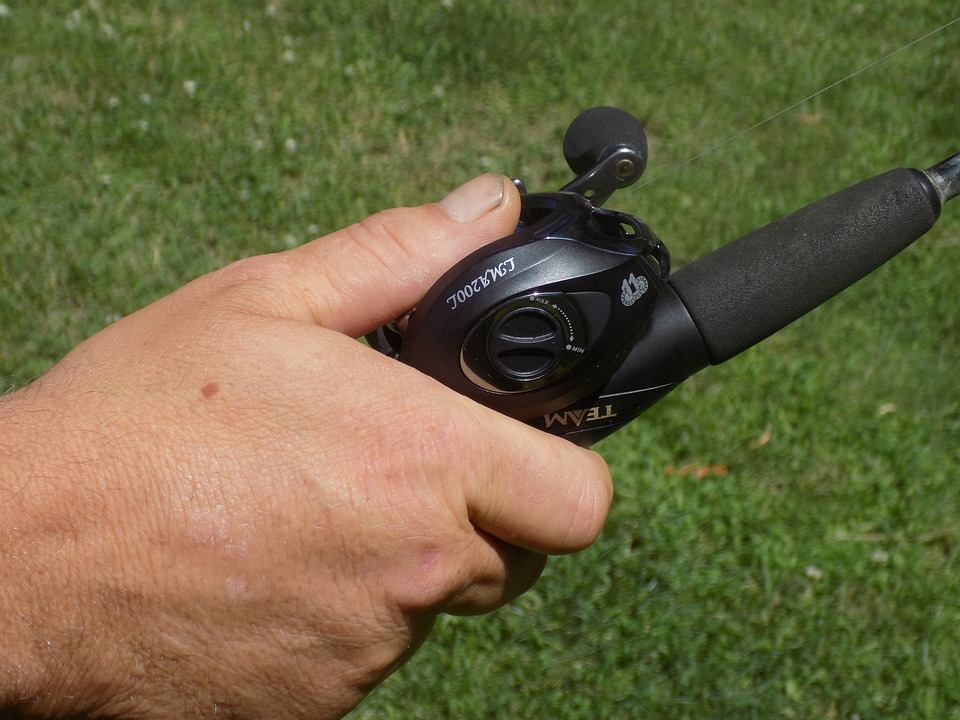Maintaining a healthy and thriving fish tank requires more than just regular water changes and feeding. External parasites can pose a significant threat to the well-being of your fish. In this article, we will delve into the prevalence and impact of these pesky intruders, and provide insights on how to prevent and treat infestations.
What are External Parasites?
External parasites are organisms that live on the outer surfaces of fish, feeding on their blood, skin, or gills. They can cause a range of health issues and discomfort for the fish. Some common external parasites found in fish tanks include Ichthyophthirius multifiliis (commonly known as Ich), anchor worms, fish lice, and flukes.
Recognizing the Signs of Infestation
Infested fish may display physical symptoms such as white spots, sores, and redness on their bodies, fins, or gills. Behavioral changes can also indicate the presence of external parasites, including excessive scratching against tank decorations or substrate, flashing (rapidly rubbing against objects), and lethargy.
Understanding the Prevalence
Several factors contribute to the occurrence of external parasites in fish tanks. These can include introducing new fish without proper quarantine procedures, poor water quality, overcrowding, and stress. Untreated infestations can lead to significant risks for fish, including compromised immune systems, increased susceptibility to diseases, and even death.
The Impact on Fish Health
External parasites not only cause physical discomfort, but they can also weaken fish health in various ways. The stress caused by infestations can lead to a weakened immune system, making fish more susceptible to other infections and diseases. Skin and fin damage can occur due to the feeding activities of parasites, resulting in open wounds that can become infected. Additionally, some external parasites can transmit diseases from one fish to another.
Preventing External Parasite Infestations
Prevention is key when it comes to external parasites. Implementing quarantine procedures for new fish is essential to prevent the introduction of parasites into your tank. Maintaining optimal water conditions, including regular monitoring of temperature, pH, and ammonia levels, can help create an environment that is less hospitable to parasites. Regular observation of fish behavior and appearance can also help detect any signs of infestation early on.
Treatment Options
When it comes to treating external parasite infestations, there are both non-chemical and chemical methods available. Non-chemical methods include mechanical removal techniques, such as using a fine net or tweezers to remove visible parasites. Salt baths and temperature adjustments can also be effective in treating certain types of parasites. Chemical treatments involve using medications specifically designed for external parasite control. It is important to follow proper dosage and application guidelines to ensure the safety of your fish.
FAQs (Frequently Asked Questions)
1. How do external parasites enter a fish tank?
External parasites can enter a fish tank through various means, including introducing new fish, plants, or equipment that are infested.
2. Can external parasites be harmful to humans?
Most external parasites found in fish tanks are species-specific and do not pose a risk to humans. However, it is still important to practice good hygiene and avoid direct contact with infested fish or water.
3. Can I use natural remedies to treat external parasite infestations?
There are some natural remedies that have been suggested for treating external parasites, such as certain plant extracts or herbal treatments. However, their effectiveness may vary, and it is best to consult with an aquatic veterinarian or specialist before using them.
4. How long does it take to fully eliminate external parasites from a fish tank?
The duration of treatment can vary depending on the type of parasite and the severity of the infestation. It is important to follow the recommended treatment protocol and continue treatment until all signs of infestation are gone.
5. Are there any long-term effects on fish health after an infestation?
In some cases, fish may experience long-term effects on their health even after the external parasites have been eliminated. This can include weakened immune systems, increased vulnerability to diseases, and potential scarring or tissue damage from severe infestations.
Conclusion
Understanding the prevalence and impact of external parasites in fish tank fish is crucial for maintaining a healthy aquatic environment. By recognizing the signs of infestations, implementing preventive measures, and utilizing appropriate treatment options, you can safeguard the well-being of your beloved finned friends. Remember, a proactive approach is key to ensuring the longevity and vitality of your fish tank ecosystem.









